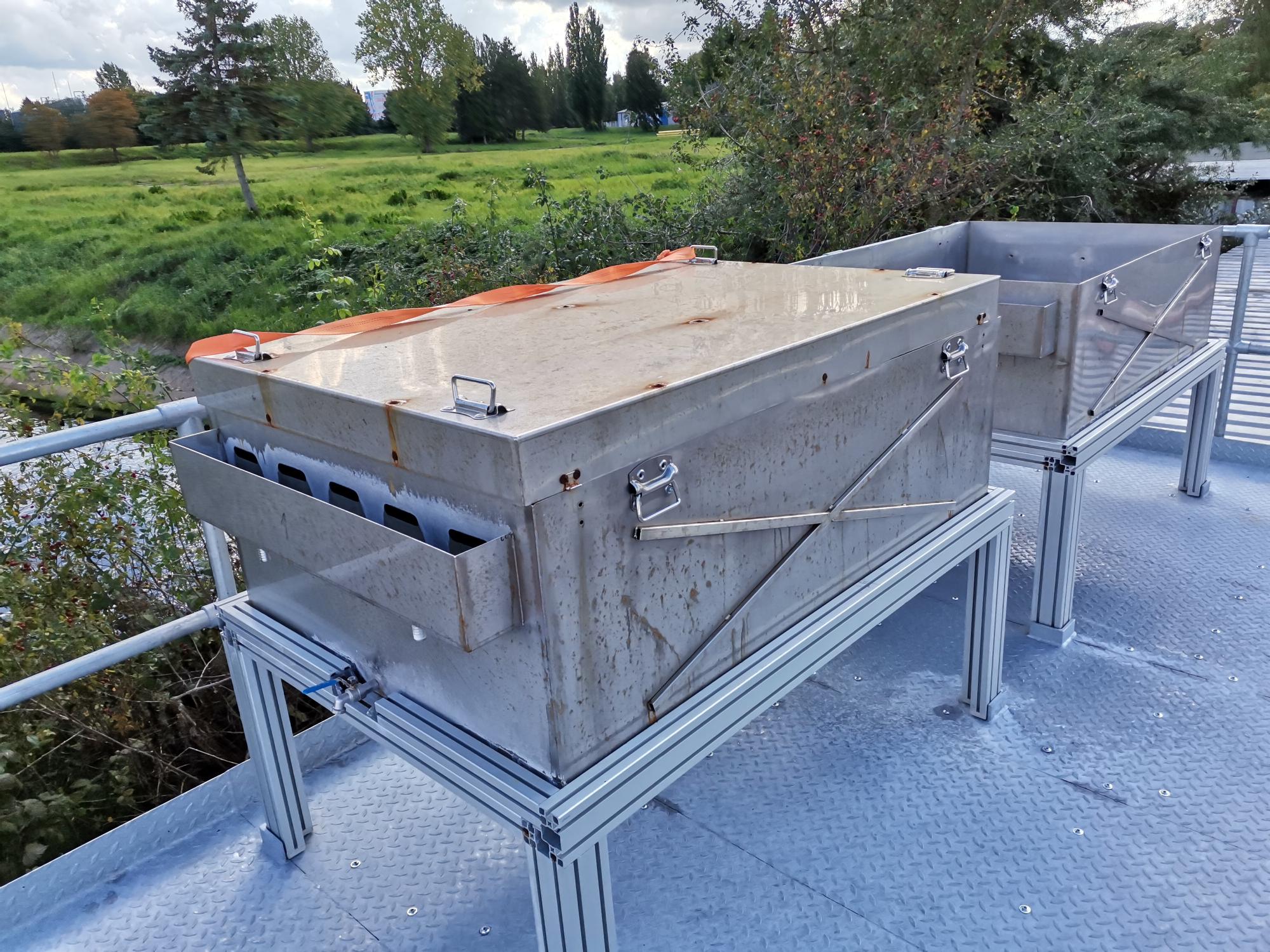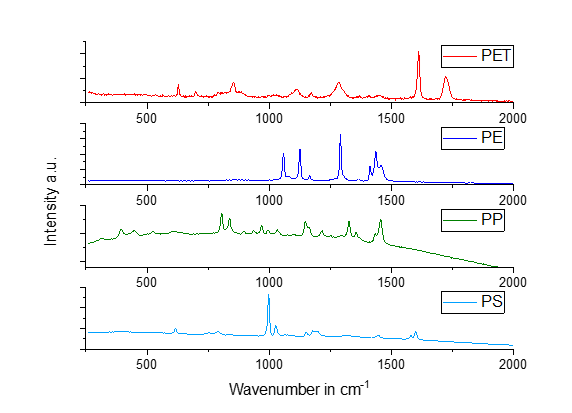

In the interdisciplinary project "SOT Microplastics", we have developed a robust and inline-capable analysis tool for the measurement of the microplastic concentration in the throughflow and tested it in the laboratory. The installation of the tool on autonomous underwater vehicles allows measurements to be taken in the pelagial, i.e. in the open water beyond the seabed. This allows for more detailed information on the concentration and distribution of microplastics, which is a prerequisite for a successful fight against marine pollution.
The main analytical challenge is to distinguish between microplastics and other particulate matter in the real environment. This is made possible by a combination of image processing, KI-based algorithms and other spectroscopic techniques such as Raman spectroscopy. Another analytical challenge is the change in particle properties as a function of time in the ocean. By understanding the weathering processes, e.g. as a function of exposure times to UV light or biofilm growth from own tests, the specially developed sensors are trained. The aging of polymeric materials in the marine environment has been quantitatively recorded both in the laboratory and in pilot-scale field tests in so-called mesocosms as well as in the Baltic Sea. This has led to a profound understanding of the aging processes and their influencing factors. We are now applying this know-how to the further development of analytical methods and new polymers.